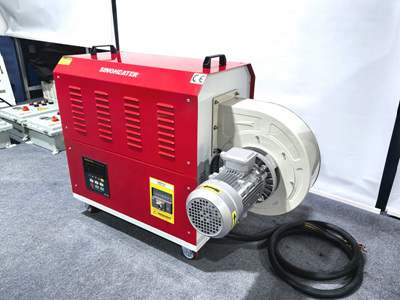In candle making, the temperature setting for melting wax with a hot air blower needs to be flexibly adjusted according to the type of wax material. The following are specific operation suggestions:
1. Basic wax melting temperature range
Soybean wax/beeswax: It is recommended to use water bath heating at 70-75℃ or water bath melting method to avoid direct contact with heat sources to prevent local overheating.
Paraffin wax: Due to its relatively high melting point, the temperature can be appropriately raised to around 80℃, but it is still necessary to avoid exceeding the upper limit of the wax material’s tolerance.
2. Key points of temperature control
Avoid excessive heating: Wax materials are prone to oxidation or denaturation at high temperatures, resulting in a darker color and a more brittle texture of the finished product.
Residual heat utilization technique: When the wax block is nearly completely melted, the heat source can be turned off and moved to the heat insulation pad to utilize the residual heat to completely dissolve the remaining particles.
3. Supporting tools and operation suggestions
Use a thermometer: Monitor the temperature in real time during the wax melting process to ensure that the wax liquid temperature remains stable within the recommended range.
Layered melting strategy: For mixed wax materials (such as soy wax + coconut wax), they should be melted in stages in proportion to avoid incomplete dissolution of some wax materials due to differences in melting points.
4. The influence of temperature on subsequent processes
The temperature for adding essential oils: The wax liquid should be cooled to below 60℃ before adding the essential oils to prevent high temperatures from causing the essential oils to evaporate and become ineffective.
Pouring temperature control: The optimal pouring temperature is 50-60℃. The container needs to be preheated in advance to reduce the risk of cup dropping.



